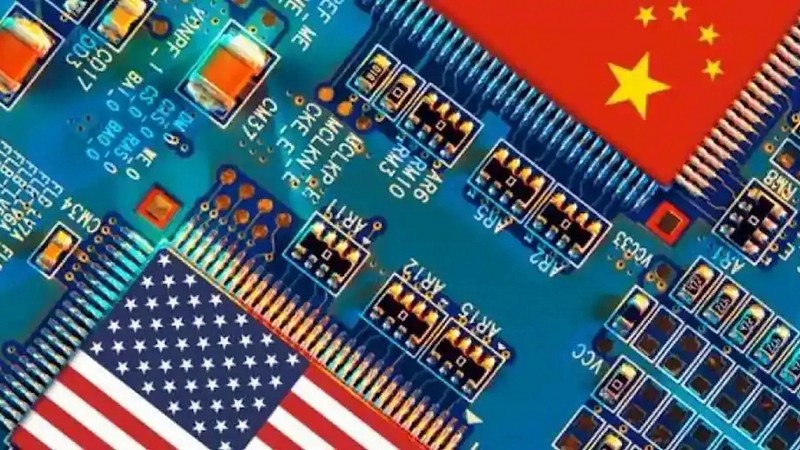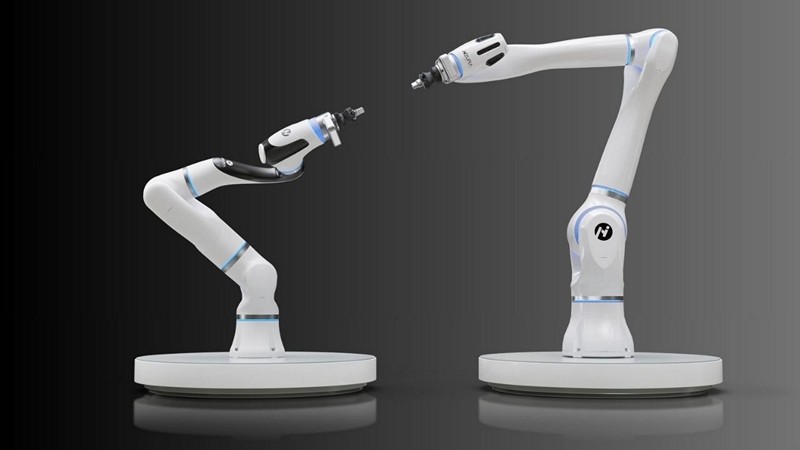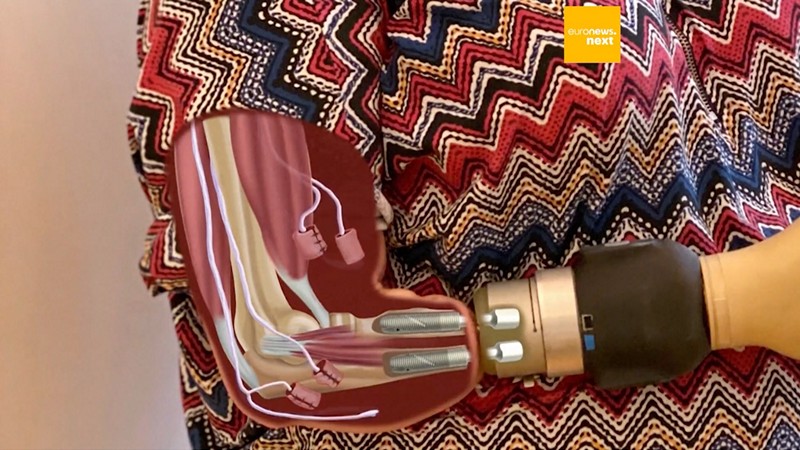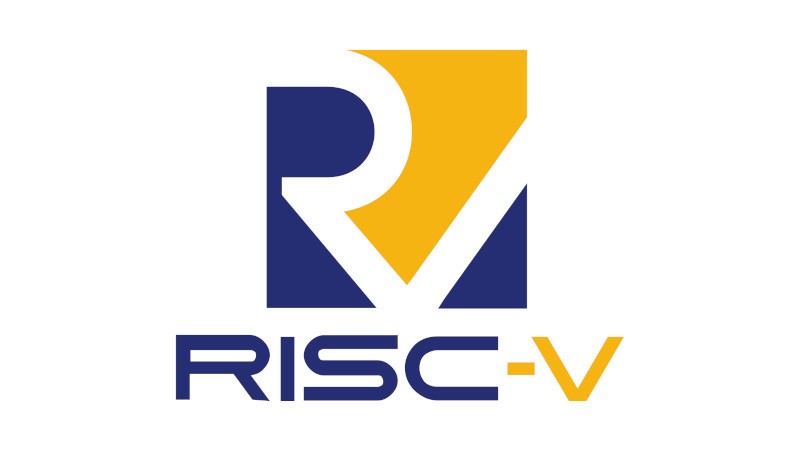
The ongoing technological rivalry between the United States and China has entered a new and complex phase, marked by increasing U.S. scrutiny of RISC-V. RISC-V has gained global adoption and influence as an open computer standard, and opens up immense potential for companies worldwide to participate in the rapidly growing semiconductor space without the need for proprietary licenses from a controlling company, but recent moves by US lawmakers are seeking to make RISC-V a controlled technology, barring China from its offerings. Why has RISC-V become a focal point in the escalating tech war between the U.S. and China, how does its open standard architecture facilitate China’s efforts to reduce its reliance on foreign intellectual property, and how might potential U.S. restrictions on RISC-V technology affect technological innovation, chip manufacturing, and global competitiveness for both the U.S. and China?
Top Stories This Week
- US Lawmakers Want To Stop China Working With RISC-V
- Should Nvidia Be Worried About Microsoft’s New Artificial Intelligence Chip?
- Overhyped Generative AI Will Get A Cold Shower In 2024, Analysts Predict
- Sub-Standard Connectivity Is Jeopardising IoT Success
- Neura Robotic Takes AI Cognitive Robots Stateside Following InterAlpen Funding
- BMW Wireless Charging May Break iPhone 15’s Apple Pay Chip
- Robotics Tech Helps Feed the World
- How Hackers Are Using Bluetooth To Track Police Activity
- Is It Really 100% Cotton? Smartphone-Sized Device Can Analyse Fabrics
- Ground-Breaking Bionic Arm That Fuses With User’s Skeleton And Nerves Could Advance Amputee Care
- Tiny Linux On A No-MMU RISC-V Microcontroller
Hardware Business News
Should Nvidia Be Worried About Microsoft’s New Artificial Intelligence Chip?

The year 2023 marks a turning point for artificial intelligence (AI) technology, with its capabilities reaching new heights of practicality. Amid this AI revolution, one company that has particularly thrived is Nvidia, thanks to its graphics processing units (GPUs) and CUDA software ecosystem, which power the parallel processing of vast datasets essential for training cutting-edge AI models. However, the global chip shortage and Nvidia’s substantial GPU pricing have led to a surge in alternative accelerator design efforts by various companies such as Microsoft. What’s the Significance of Microsoft’s Athena AI Chip Development for Nvidia, with Nvidia’s GPUs and software ecosystem currently dominating the AI landscape, how does Microsoft’s in-house AI chip, Athena, affect Nvidia’s future and market position, and how might Nvidia’s market share evolve over the next five years?
Overhyped Generative AI Will Get A Cold Shower In 2024, Analysts Predict

In the past year, generative artificial intelligence garnered significant attention, creating a buzz with its remarkable capabilities. Technologies like OpenAI’s ChatGPT, Google Bard, and others showcased the potential of generative AI by producing human-like responses to text-based prompts. However, analyst firm CCS Insight predicts a dose of reality for the generative AI space in 2024, with concerns about rising costs, the complexity of implementation, and the need for regulation increasing. Is generative AI facing an overhyped reality, how is the generative AI landscape evolving from the overhyped state it experienced in 2023, what Are the regulatory challenges for AI in the EU, and how will AI’s Impact on misinformation and fraud be addressed?
Sub-Standard Connectivity Is Jeopardising IoT Success

Eseye’s latest report on the State of IoT Adoption has unveiled a concerning reality in the enterprise IoT landscape. The study, conducted by independent research organization Opinion Matters, engaged 1,009 senior decision-makers from the UK and US, spanning various sectors, to delve into the challenges, opportunities, and budget outlook for the next two years. Startlingly, Eseye’s findings reveal that enterprises are grappling with “sub-standard connectivity,” posing a threat to the success of their IoT projects. Why are enterprises accepting sub-standard IoT Connectivity, what factors contribute to the acceptance of sub-optimal connectivity in the context of IoT, especially when it’s a critical requirement for many IoT applications, and how can businesses shift their focus from mere cost considerations to evaluating long-term value when selecting IoT connectivity providers?
Neura Robotic Takes AI Cognitive Robots Stateside Following InterAlpen Funding

Neura Robotics, the German-based AI robotics start-up, is making a strategic move to the United States, thanks to a fresh infusion of $16 million in funding from American firm InterAlpen Partners. Neura Robotics offerings blend robotics and AI while also possessing the remarkable capability to perceive their surroundings, including people, through sight, sound, and even touch. What sets Neura Robotics apart in the world of AI robotics, why is Neura Robotics placing such emphasis on its US market launch in 2024, and are there specific plans or innovations on the horizon for Neura Robotics as they expand their presence in the United States?
Hardware Engineering News
BMW Wireless Charging May Break iPhone 15’s Apple Pay Chip

In an unusual turn of events, BMW owners with the latest iPhone 15 models are facing a puzzling issue when using their vehicle’s wireless charging pad. Reports are surfacing that after charging their iPhone 15 devices on these pads, the NFC (Near Field Communication) chip within the iPhone experiences malfunctions, rendering features like Apple Pay and digital car keys inoperable. This unexpected problem has left users seeking answers and a potential solution to the issue. What could be causing the iPhone 15’s NFC chip to malfunction when charged on BMW’s wireless charging pads, how widespread is the problem, and what will be the response from Apple and BMW?
Robotics Tech Helps Feed the World

When you hear the word “robot,” you might envision sci-fi characters like R2-D2 or Optimus Prime, but advanced robots have quietly been revolutionizing an unexpected sector: agriculture. The marriage of robotics and farming technology is changing the way we produce food, and it’s not limited to futuristic concepts. In today’s world of smart agriculture, robots are involved in every aspect of farming, from tilling and planting to nurturing and harvesting crops. These robots play a pivotal role in addressing the challenges faced by farmers, such as a growing global population, declining labour resources, and increasing demands for food production. How do advanced robots enhance precision in farming, what challenges does modern farming face, and what does the future hold for robotic farming technology?
How Hackers Are Using Bluetooth To Track Police Activity

While the world becomes increasingly connected through technology, law enforcement agencies continue to adopt the latest tools for tracking individuals. However, an intriguing development in this digital cat-and-mouse game involves the use of technology to monitor those who typically do the monitoring. Bluetooth signals, typically associated with pairing devices or streaming audio, have taken on a new role – one where they could potentially reveal the actions and locations of police officers. How do Bluetooth signals uncover law enforcement activities, what impact does Bluetooth tracking have on law enforcement oversight, and are there legal implications associated with these tracking methods??
Hardware R&D News
Is It Really 100% Cotton? Smartphone-Sized Device Can Analyse Fabrics

Have you ever doubted whether your scarf is genuinely cashmere or questioned the silkiness of a necktie’s fabric? Soon, satisfying your curiosity may be as simple as pointing your smartphone’s camera. Researchers at the Fraunhofer Institute for Photonic Microsystems (IPMS) in Dresden, Germany, have unveiled a ground-breaking application of spectroscopy that enables your mobile device to discern the composition of various textiles. How does mobile spectroscopy work for textile analysis, what are the potential real-world applications of this technology, both for consumers and industries, and how might the incorporation of this technology into mobile phones enhance consumer empowerment and industry efficiency?
Ground-Breaking Bionic Arm That Fuses With User’s Skeleton And Nerves Could Advance Amputee Care

In a remarkable development, a ground-breaking bionic prosthetic has been changing lives by effectively reducing pain and restoring control for its users. For the first time, a woman who lost her arm in a farming accident shares her life-transforming experience with this advanced technology. After enduring over two decades of phantom limb pain—a condition where amputees perceive discomfort in the missing limb—she found relief and enhanced functionality through a novel bionic arm. How does the fusion with the user’s skeleton and the neural connection with the nervous system work, what sets this approach apart from conventional prosthetics, and how does it specifically address the issue of phantom limb pain?
Open-Source Hardware News
Tiny Linux On A No-MMU RISC-V Microcontroller

Running a Linux-based operating system typically requires a powerful processor, ample memory, and a memory management unit (MMU) to orchestrate virtual memory. The MMU ensures that each process operates in its memory sandbox, preventing disruptions to neighbouring processes. But what if you’re working with a system lacking an MMU? In this fascinating exploration, Uros Popovic provides a comprehensive guide on creating MMU-less uClinux on a RISC-V microcontroller. What are the fundamental challenges and limitations when running Linux on a microcontroller without an MMU, how do these constraints impact the software and applications that can be utilized within such an environment, and what scenarios or use cases are best suited for MMU-less Linux?

